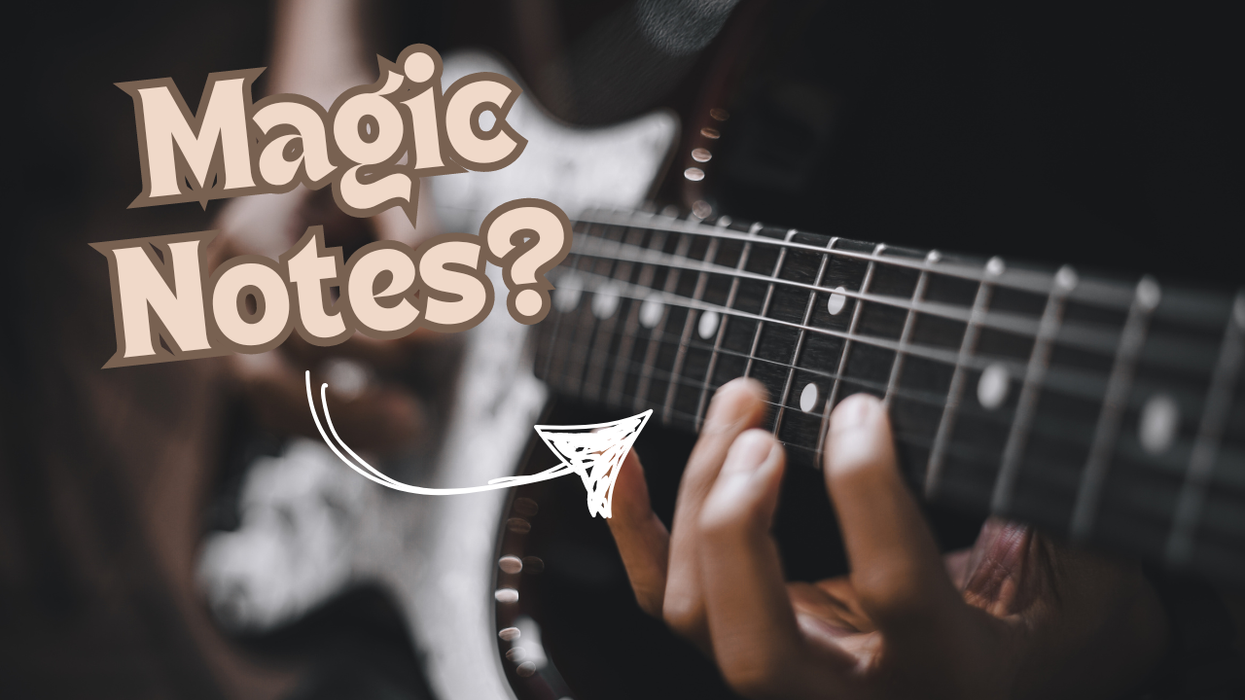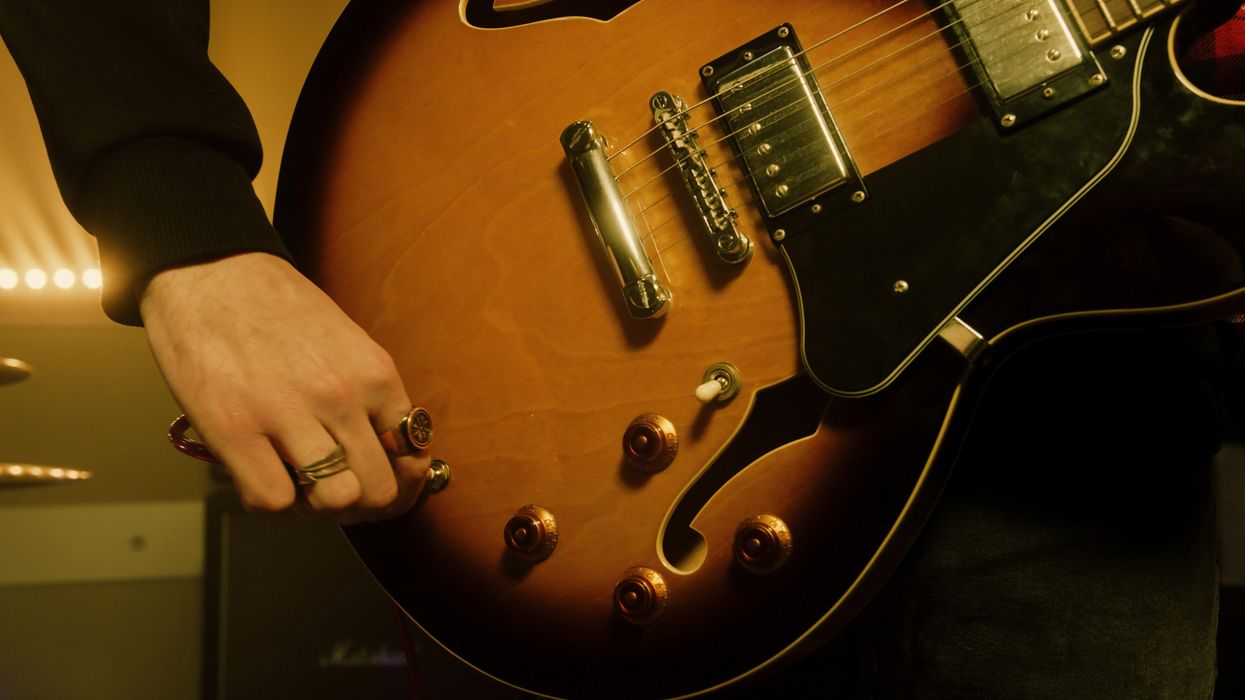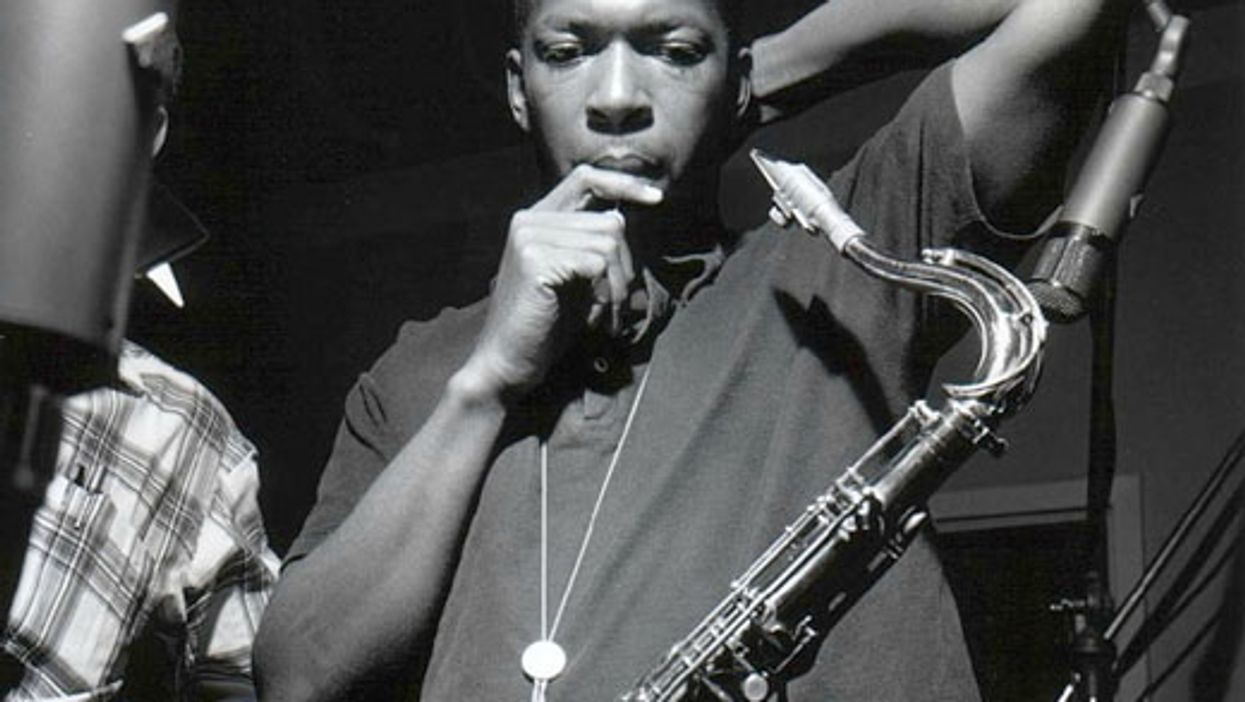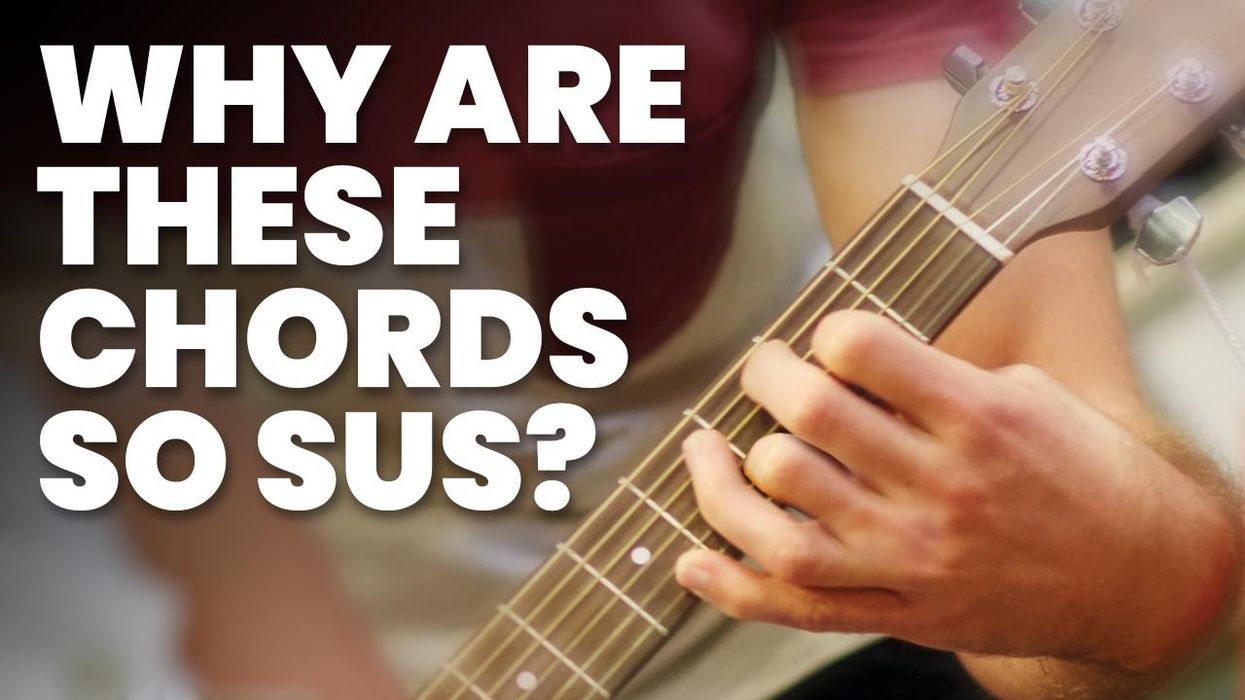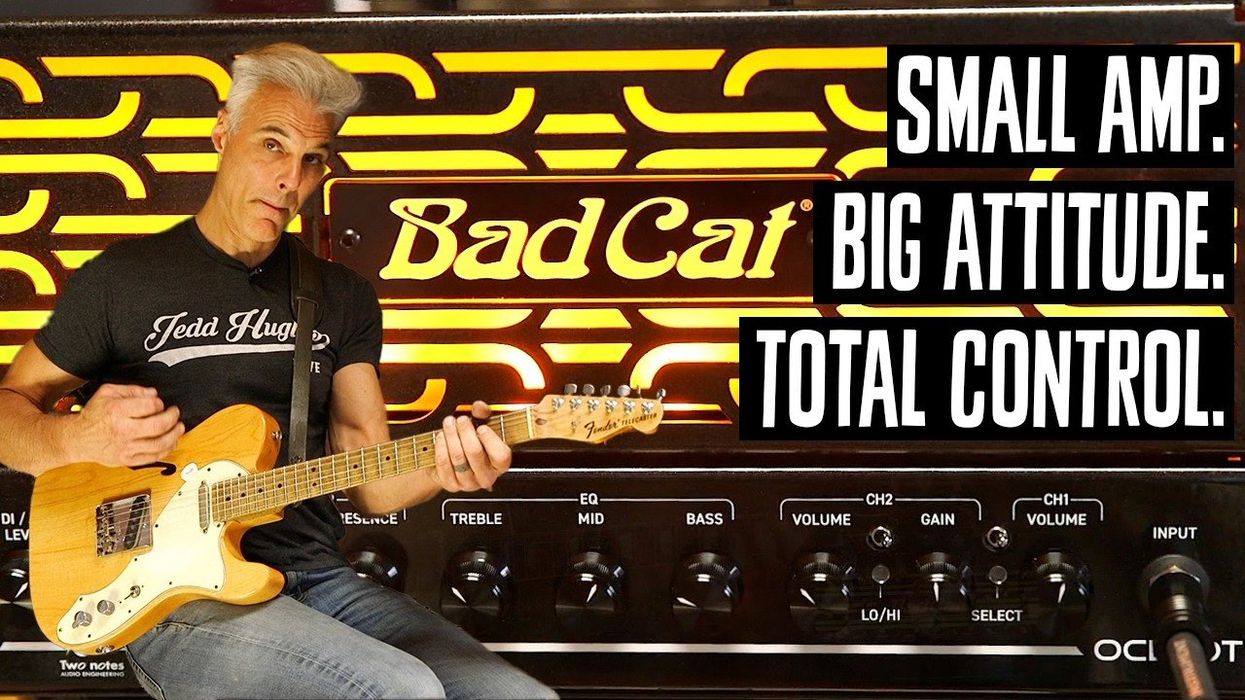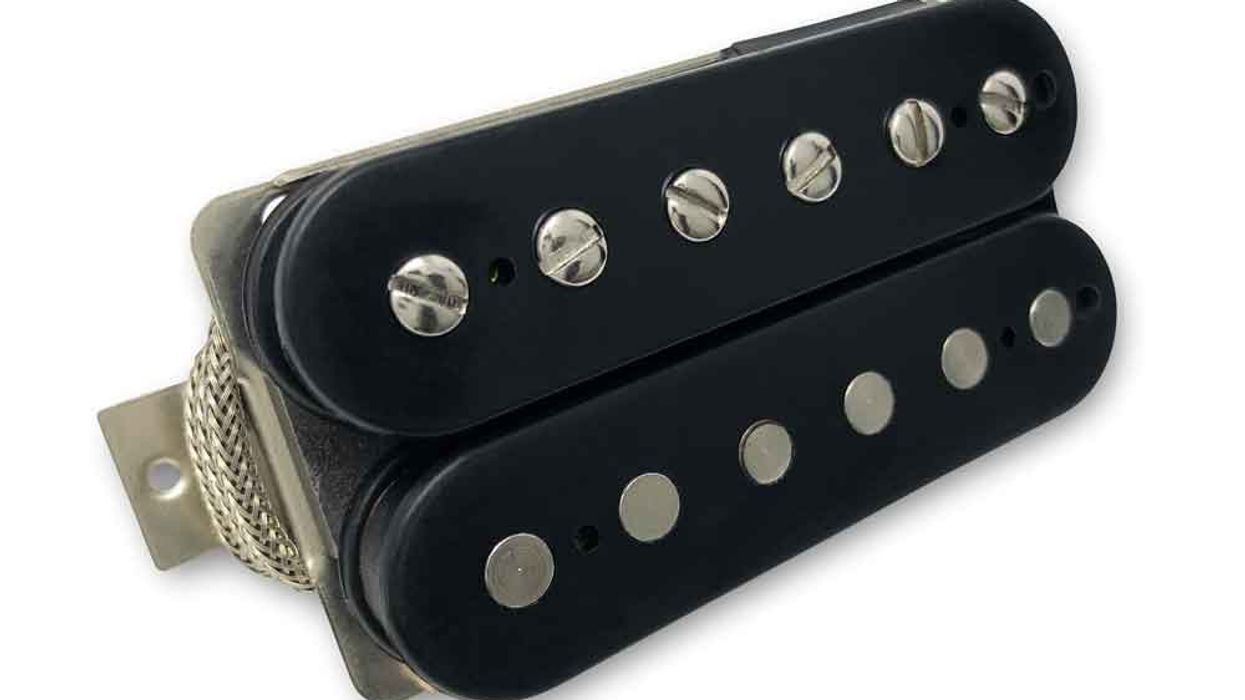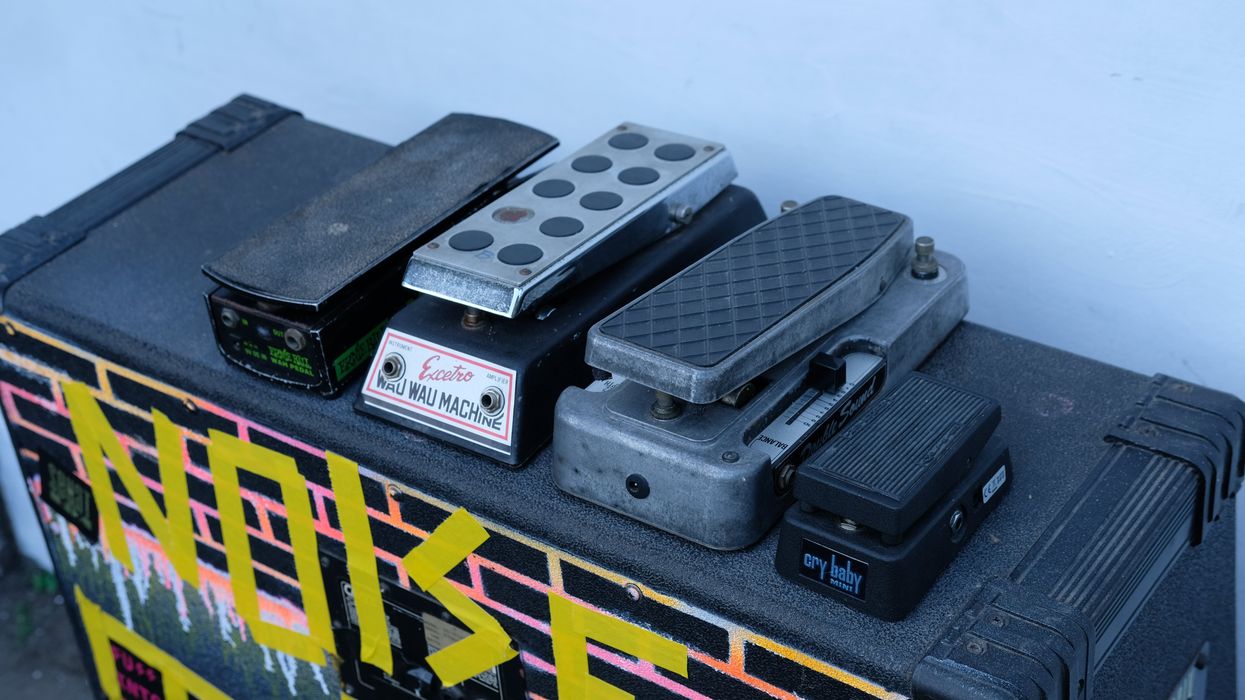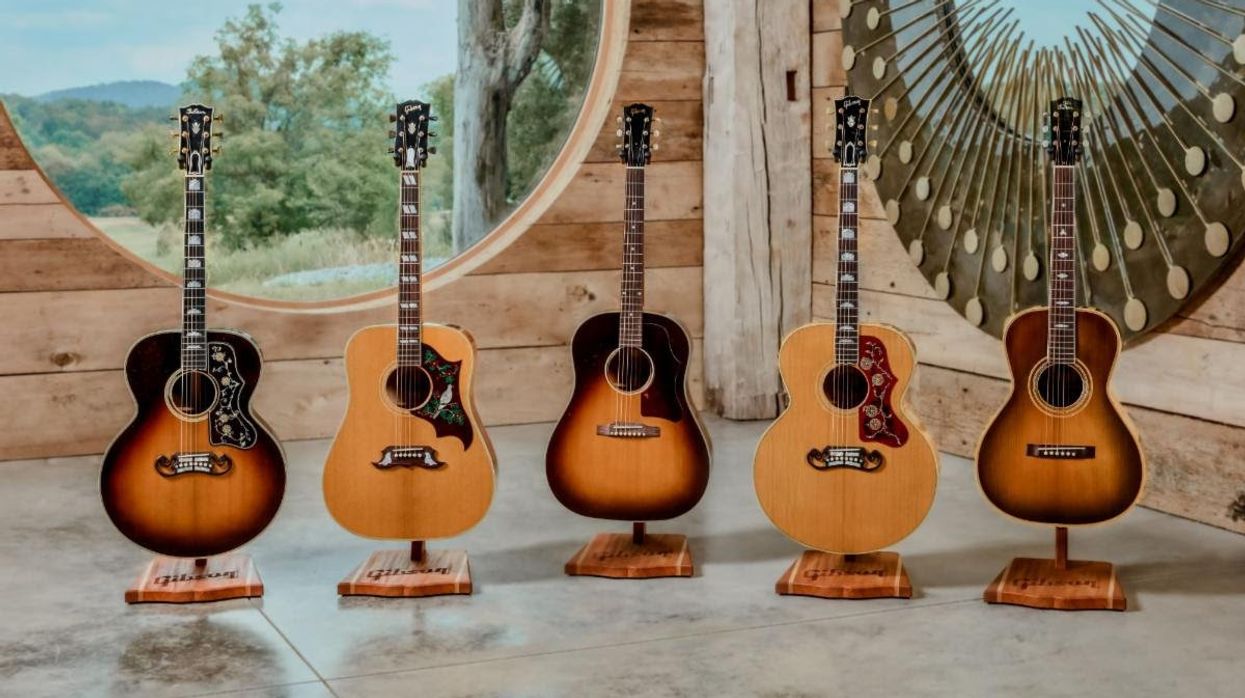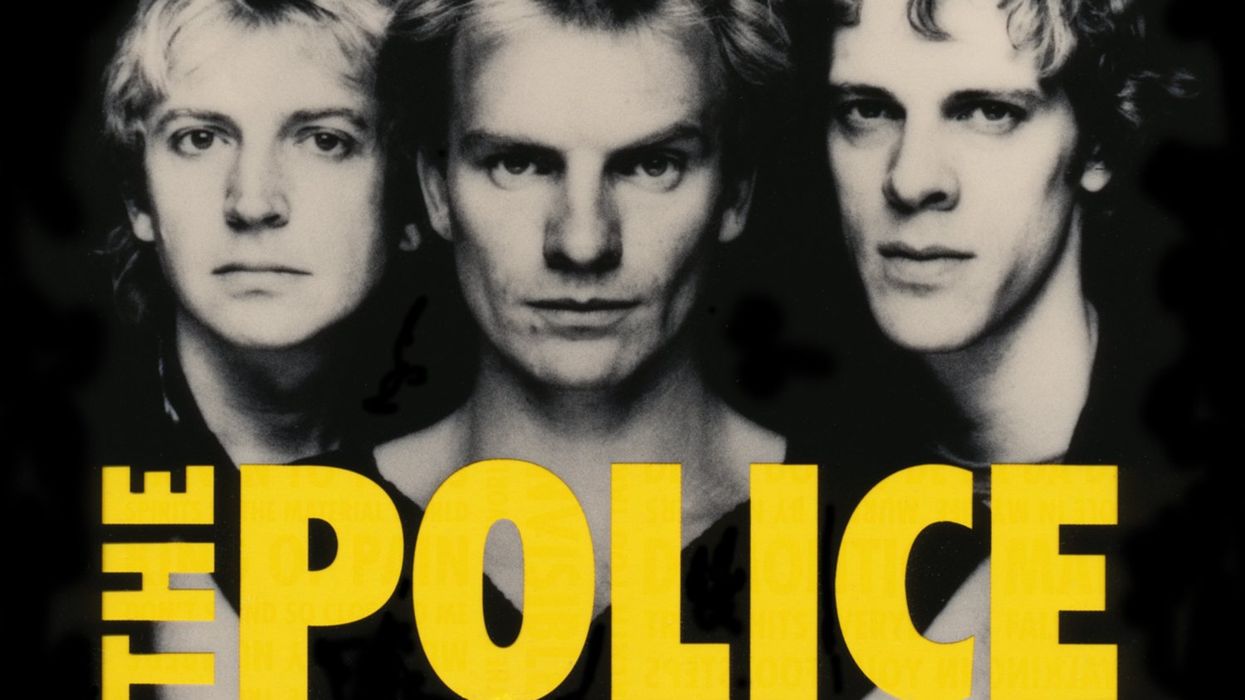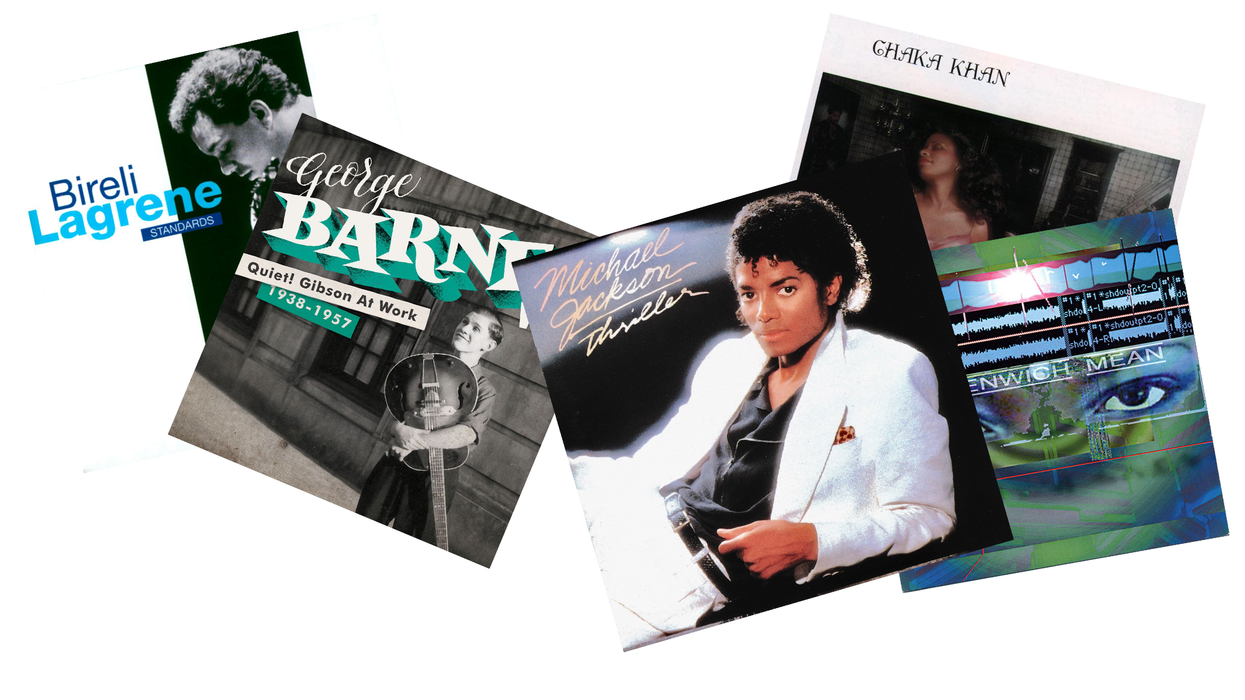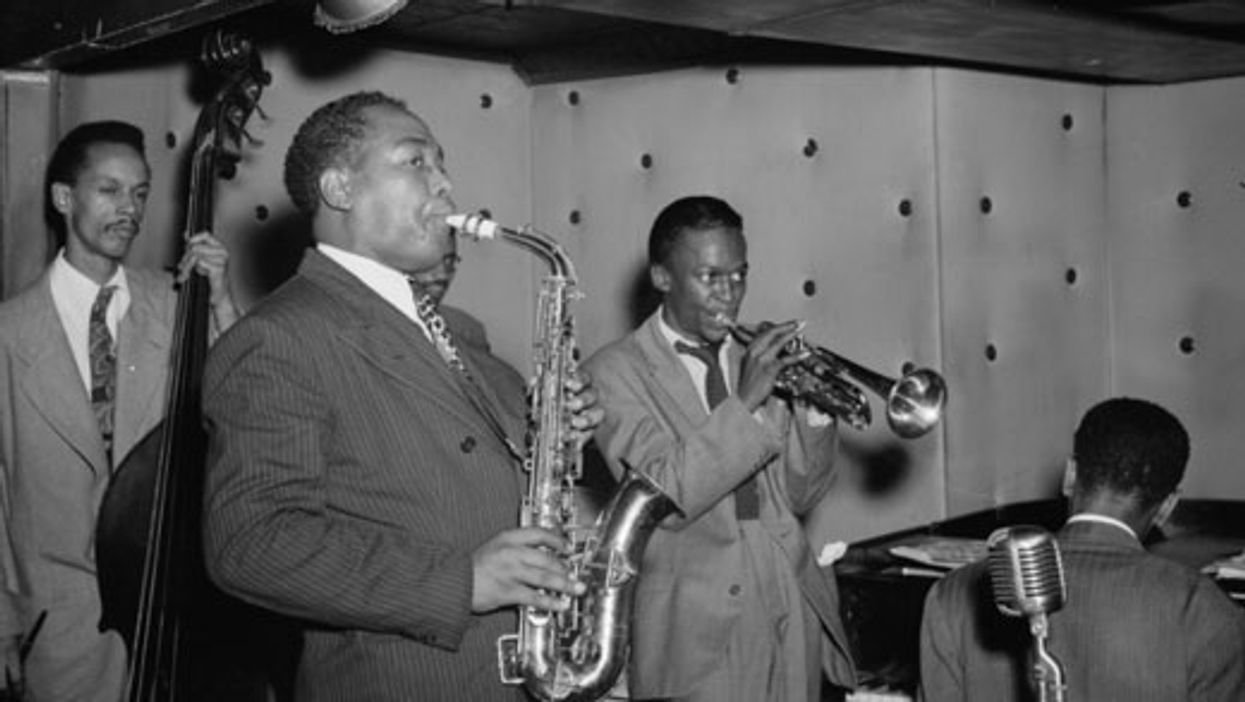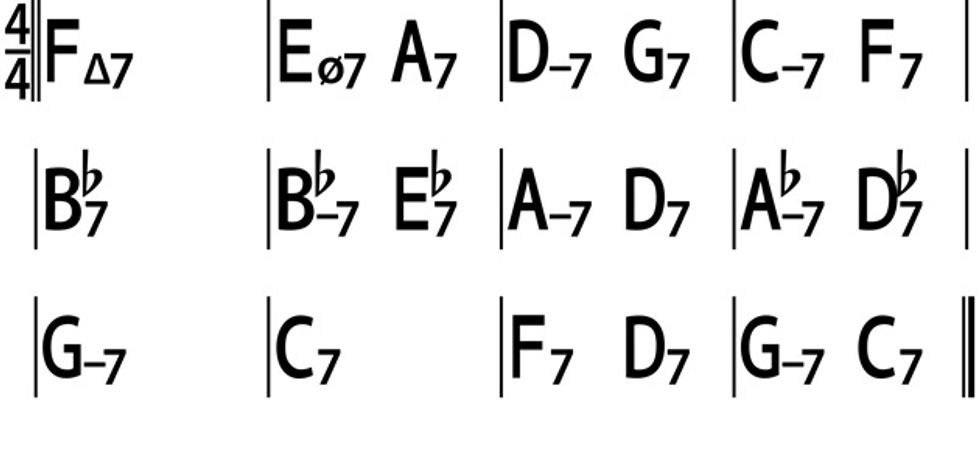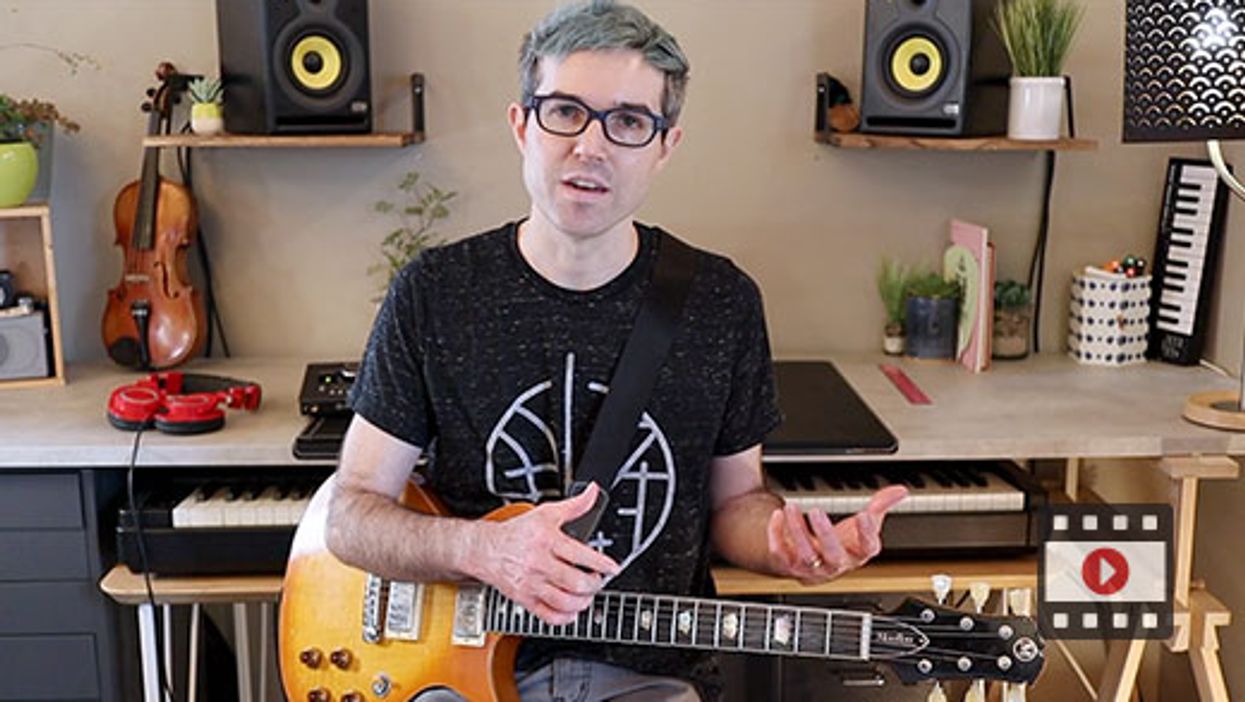Do you feel like your solos lack focus or that there isn’t any underlying structure to your lines? Does it seem that you are wandering around the neck, hoping that what you are playing “looks like it sounds cool”? Would pushing peas around a dinner plate with a knife be more riveting than the last lick you played? If any of these statements are true, then you need some guide tones, my friend.
Guide tones, also known as target notes, are commonly used in jazz improvisation and usually refer to only the 3rd and 7th of a chord. But, for our purposes, we’re going to apply a more generous definition where all notes of a chord can be used. There are two benefits to using guide tones: They create a predetermined melodic structure that serves as a framework for your solo, and they provide an inner melody to your lines that carry the sound of the chord changes.
The first two examples show a couple of possibilities when building a guide tone melody over a ii-V-I chord progression in the key of C major. The only requirement is that the guide tones should be played on the strong beats of the measure (beats 1 and 3). Next, spell each chord to see what notes you have to work with. For our progression, our choices will come from Dm7 (D-F-A-C), G7 (G-B-D-F), and Cmaj7 (C-E-G-B). Since these examples have one chord per measure, I have chosen to use only one guide tone in each measure. But, I could have used two guide tones in a measure, one on beat 1 and the other on the beat 3. Other than what has already been discussed, there is no right or wrong way to do this. Basically, pick some chord tones, put them on the strong beat(s), and see how it sounds. Change or edit as you see fit!
Take a listen to Ex. 1. The guide tones create a descending melody that leaps up at the end. Using one note per measure, the line starts with C (the 7th of Dm7), then to B (the 3rd of G7), to G (the 5th of Cmaj7) and finally E (the 3rd of Cmaj7). Ex. 2 has a guide tone line similar to the first example, descending for the first three measures and a leap up at the end. It begins with F (the 3rd of Dm7), to D (the 5th of G7), to B (the 7th of Cmaj7), and then to E (the 7th of Cmaj7).
Ex. 3 is an eight measure progression, similar in structure to a popular jazz standard. Harmonically, the first half is a ii-V-I-IV in C major and the second half is a ii-V-i in the key of A minor. In the first six bars, there is one guide tone per measure, and then concludes with two guide tones in each of the last two bars.
Once you have decided on a framework for your solo, use scales and arpeggios to add notes before each guide tone. By doing so, you create motion in your line that sounds musical, and not like you’re choosing notes at random. Listen to Ex. 4 where each guide tone is approached from above by a scale step. Since all the chords are in the key of C, my approach notes are from the C major scale. I can also think in modal terms, where I would use D Dorian in bar 1 to approach the G7 in bar 2. Then, I can use G Mixolydian in bar 2 to approach the Cmaj7 in bar 3, and C Ionian to approach the next Cmaj7 in bar 4. Ex. 5 is the same scalar concept, this time approaching the guide tones from below.
Ex. 6 and Ex. 7 use arpeggios to approach the guide tones from above and below, respectively. I prefer to do this by using the arpeggio of the chord I am going to, not the one I am playing over. So, when I am playing over the Dm7 in the first measure, I will use the G7 arpeggio to approach the guide tone in bar 2. Then, when playing over G7 in the second measure, use the Cmaj7 arpeggio to approach the guide tone in bar 3. This concept is a little easier to see in Ex.7. Dm7 is the chord in bar 1. You approach the guide tone in bar 2 with a G, which is not in a Dm7 chord, but it is in G7.
To get longer lines, use two, three, or more notes from the scale or arpeggio when approaching the guide tones. Ex. 8 approaches the guide tone from above and below, using two and three notes from the scale. Ex. 9 shows the same approach methods, but with notes from the arpeggio.
After you get a handle on the guide tone concepts, experiment with rhythms, rests, and an ever-increasing number of approach notes. Check out Ex. 10 as an example of what is possible. It’s the guide tone line from Ex. 2 fleshed out with a mixture of scale and arpeggio approach notes of various lengths. Ex. 11 is an expansion of the guide tone line from Ex. 3. I used an increasing number of approach notes in the first half of the line. The second half is more rhythmically complex, ending with the triplet figures in the last two measures.
Applying these concepts to something more familiar, Ex. 12 is one possible guide tone melody over an A minor blues. Give it a listen to hear how the first two phrases are relatively scalar, but the last phrase has more of a “sawtooth” vibe. Ex. 13 is the completed solo, using the ideas discussed previously. Throwing everything into the guide-tone blender yielded different types of approaches combined with a variety of rhythms and rests.
Once you get a foothold, substitute different modes, scales, arpeggios, chords, and time signatures to achieve some different sonic flavors. Remember that you are restricting yourself to these few concepts in order to get a more melodic and meaningful solo. If you practice it enough, your brain will start working this way on its own!
